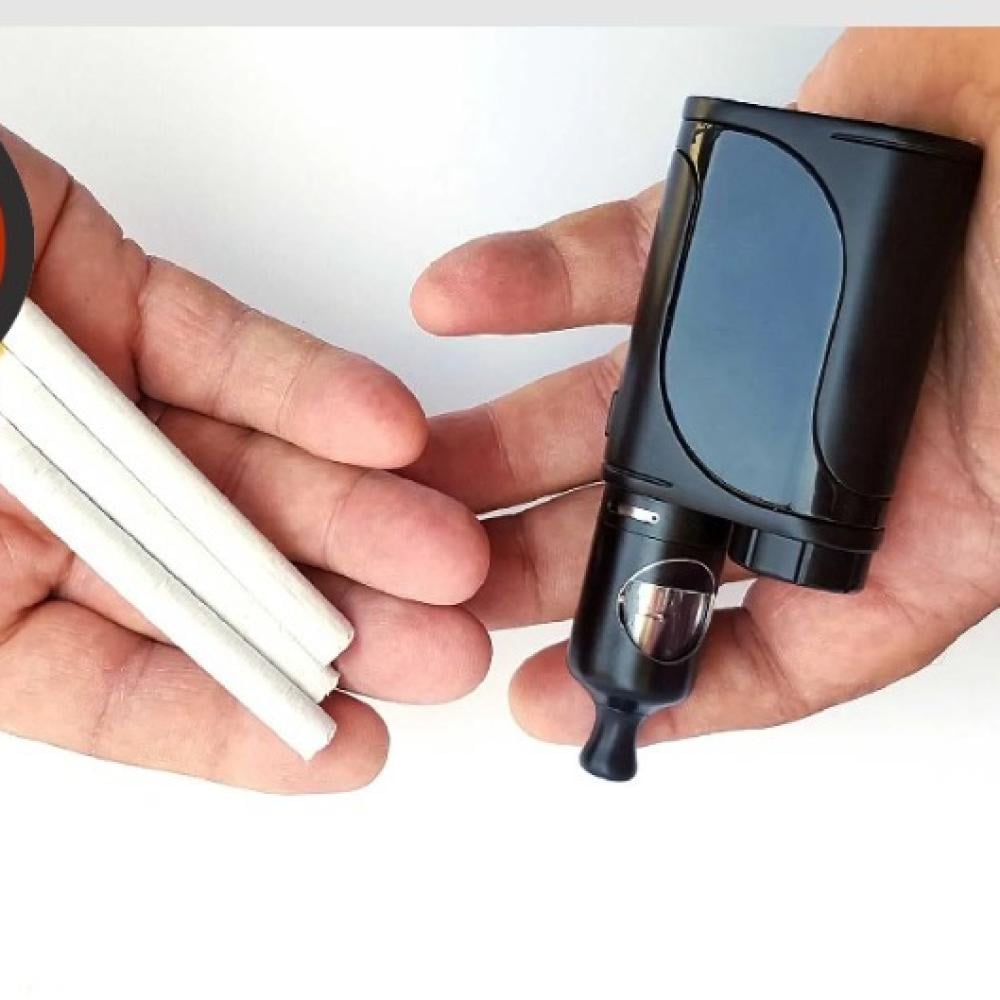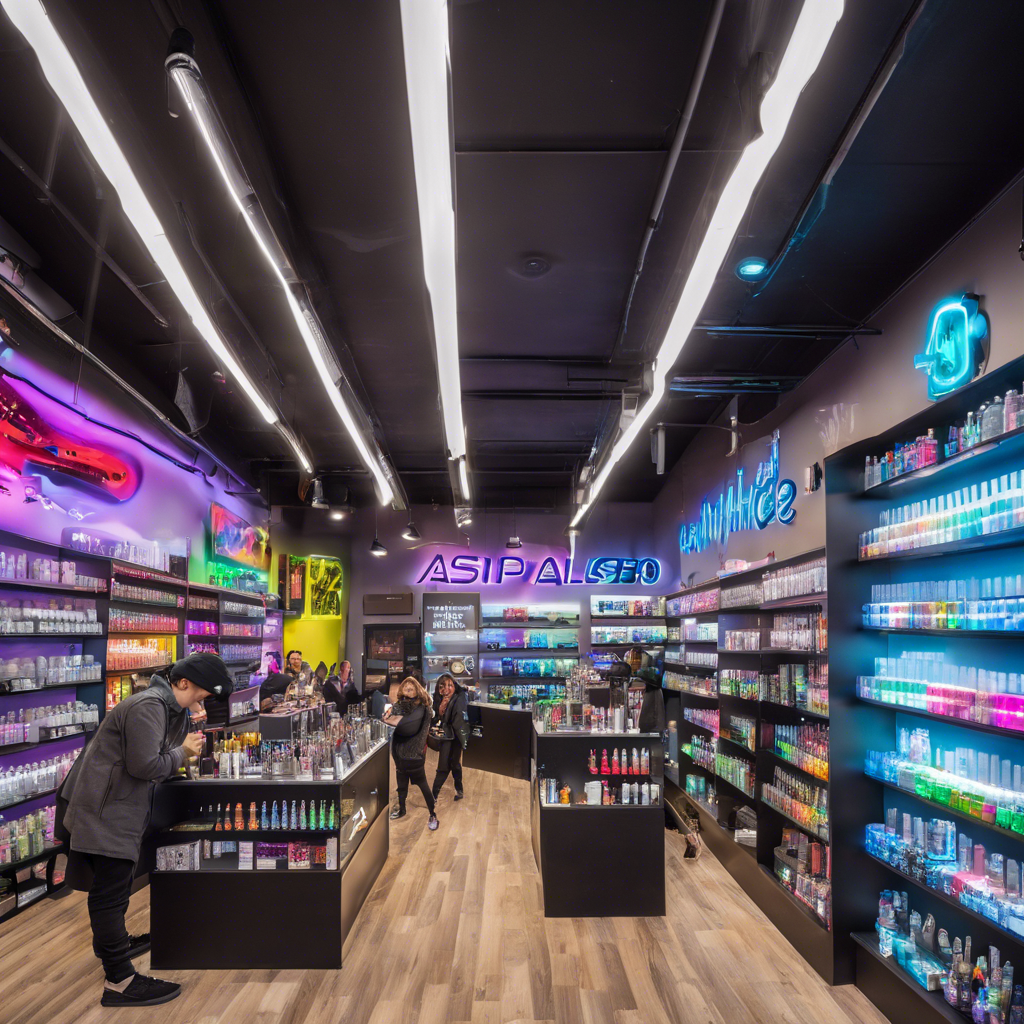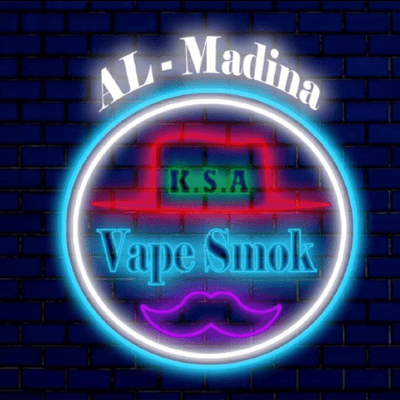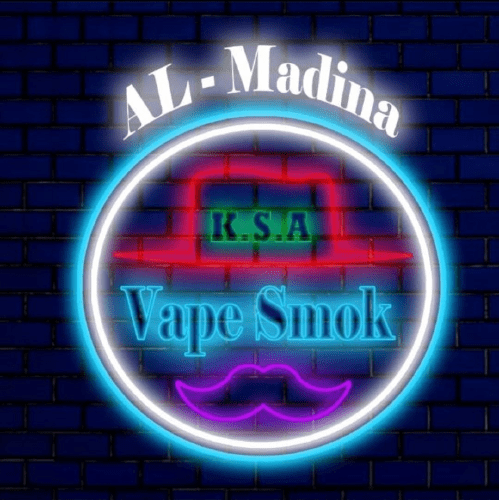

Exploring the Controversy: Can Tobacco Be Included in Vape Flavors?
The vaping industry has been grappling with a flavor dilemma: should tobacco be added to vape flavors? This controversial topic has sparked heated debates among vapers, health experts, and regulators alike. Some argue that tobacco-flavored vapes could bridge the gap for smokers looking to quit, while others see it as a potential health risk.
As the case for and against adding tobacco to vapes continues to unfold, industry insiders are weighing in on whether tobacco-flavored vapes should make a comeback. Proponents believe that offering tobacco flavors could help smokers transition to vaping more easily, while critics fear it may entice non-smokers to start vaping.
The impact of tobacco on vape flavorings is a complex issue that requires closer examination. Regulators are currently assessing the legality of including tobacco in vaping products, taking into account factors such as safety, addiction potential, and appeal to youth.
For vapers, the possibility of mixing tobacco into their favorite e-liquids raises questions about the future of vape flavors. As the industry evolves, it remains to be seen whether tobacco will become a staple ingredient in vape fluids or remain a controversial outlier.
Ultimately, the decision to incorporate tobacco flavors into vaping products will have far-reaching consequences for public health, the vaping industry, and individual vapers alike. As the debate continues to rage on, it is clear that the role of tobacco in vaping is a complex and multifaceted issue that demands careful consideration from all stakeholders involved.eholders involved.eholders involved.eholders involved.eholders involved.eholders involved.

The Case for Tobacco Flavors
As the debate over vaping continues to unfold, one of the focal points has been the inclusion of tobacco flavors in e-liquids. Advocates argue that these flavors play a crucial role in appealing to current smokers and aiding their transition to vaping as a whole. Understanding the appeal of tobacco flavors and the ways they facilitate a switch is essential when considering the future of vaping.
Appeal of Tobacco Flavors to Smokers
When it comes to appealing to smokers, the familiar taste of tobacco can be a powerful motivator. After years or even decades of smoking traditional cigarettes, the flavor profile is often ingrained in a smoker’s preferences. Here’s why tobacco flavors resonate so strongly with them:
- Nostalgia: For many smokers, the taste of tobacco evokes memories and feelings associated with their smoking habits. Choosing a tobacco vape flavor can provide a comforting bridge between past habits and new practices.
- Authenticity: Smokers often seek products that closely mirror their traditional experiences. Tobacco flavors in e-liquids replicate the authentic taste of cigarettes, making cigarettes' transition to vaping less daunting.
- Psychological Comfort: Many smokers experience a psychological attachment to the act of smoking. Tobacco flavors in vaping can alleviate cravings by maintaining a familiar and satisfying ritual.
- Satisfaction Levels: Research suggests that smokers often prefer products offering a similar sensory experience to that of traditional cigarettes. Tobacco flavors tend to deliver a balance of throat hit and flavor that satisfies many smokers’ cravings.
Personal anecdotes further underline this point. For instance, Mike, a former two-pack-a-day smoker, found it challenging to switch to vaping initially. However, once he discovered tobacco-flavored e-liquids, he felt a sense of normalcy which eased his cravings. “It felt like I was still enjoying my habit without the smoke and tar,” he shared. This highlights the critical role these flavors play in drawing smokers into the vaping community.
Facilitating Transition to Vaping
Ultimately, tobacco flavors can serve as a stepping stone for smokers who are considering making the switch to vaping. Here’s how they facilitate that transition:
- Reduced Harm: Vaping is perceived as a less harmful alternative to smoking. By offering tobacco flavors, manufacturers allow smokers to maintain their preferred taste profile while adopting a potentially less harmful practice.
- Diverse Choices: The rise of tobacco vape brands means that there are numerous options available that feature mixing vape flavors with tobacco. Smokers can explore blends that match their particular tastes, making the transition more enticing.
- Gradual Change: Transitioning to vaping shouldn’t happen overnight. Many smokers choose to start with tobacco flavors and gradually explore mixing vape flavors to suit their preferences as they adapt to the vaping experience. By beginning with what they know and love, they can slowly introduce new tastes into their routine.
- Community Support: Vaping, with its friendly and supportive communities, can significantly aid the transition. Many vapers share their experiences about finally quitting smoking and transitioning smoothly thanks to preferred tobacco flavors, along with options for mixing. This peer support combined with availability of familiar tastes provides a strong backbone for those making this switch.
- Education on Benefits: Vape shops often educate smokers about the reduced risks associated with vaping compared to smoking. This knowledge, along with appealing tobacco flavors, can motivate smokers to consider vaping as their chosen alternative.
The tobacco flavors available in the vaping industry offer a bridge for smokers to navigate their transition. Engaging with these flavors allows for a more gradual adjustment to vaping, ultimately leading individuals toward healthier choices.
Understanding the case for tobacco flavors is critical in recognizing that they are not merely a product choice but also a vital component in helping smokers change their habits. By tapping into the familiar and inviting, tobacco flavors can reduce the barriers that may prevent smokers from making the switch to vaping, potentially leading them away from the harmful effects tied to traditional tobacco products.
In the upcoming sections, we will delve into the health concerns and regulations surrounding tobacco flavors in vaping, providing a comprehensive understanding of the ongoing debate and its implications for the future of the vaping industry.
Health Concerns and Regulations
While the case for tobacco flavors in vaping presents a compelling argument for many smokers, it’s also essential to address the health concerns and regulatory landscape surrounding these products. As vaping has grown in popularity, so has the scrutiny regarding its safety and the potential implications for public health. Understanding these aspects can help consumers make more informed decisions.
Potential Health Risks
The health risks associated with vaping, particularly with tobacco-flavored e-liquids, have been a hot topic of discussion in recent years. Here are the prominent concerns:
- Nicotine Dependency: Many tobacco vape flavors contain nicotine, which is inherently addictive. Smokers transitioning to vaping may find themselves inadvertently maintaining or increasing their nicotine intake. Studies indicate that higher levels of nicotine can foster dependency among vapers, mirroring traditional smoking habits.
- Chemical Exposure: Vaping products contain various chemicals, some of which are harmful. While e-cigarettes are often touted as less harmful than traditional cigarettes, they can still expose users to toxic substances. The presence of propylene glycol and vegetable glycerin, when heated, can contribute to the formation of harmful compounds, including formaldehyde and acrolein.
- Respiratory Issues: The inhalation of vapor can cause irritation and inflammation in the lungs. Anecdotal evidence from vapers suggests issues like coughing or wheezing, especially when using unverified or low-quality products.
- Long-term Effects: Vaping is a relatively new phenomenon, and its long-term health effects remain largely unknown. Studies are ongoing, but the lack of conclusive evidence leads to heightened caution among health professionals, many of whom advocate for clearer regulations.
As Lisa, a health-conscious former smoker, puts it: “I thought switching to vaping was safer, but then I realized I might still be exposing myself to risks I hadn’t even considered.” This sentiment underscores the importance of remaining vigilant regarding what is inhaled—whether it’s flavored or not.
Regulatory Measures and Bans
In response to growing health concerns, various regulatory measures targeting tobacco flavors in the vaping industry have emerged. Understanding these regulations can provide insights into the future of vaping and its products.
- Flavor Bans: Several jurisdictions have enacted restrictions or outright bans on flavored vaping products, including tobacco. The intent behind these bans is to reduce youth appeal and prevent underage vaping. For example, states like California and Massachusetts have introduced strict legislation that limits or bans flavored e-liquids altogether.
- Product Safety Standards: Regulatory bodies, such as the Food and Drug Administration (FDA) in the United States, are working to establish product safety regulations for vaping devices and e-liquids. These guidelines aim to ensure manufacturers adhere to safety protocols, minimizing hazardous substances in their products.
- Age Restrictions: Many locations have reinforced age restrictions, requiring users to be 21 years or older to purchase vaping products. This is a direct effort to curb youth access and the normalization of vaping among younger audiences.
- Labeling and Marketing Regulations: Stricter rules are also being imposed around marketing tactics, particularly those targeting minors. E-liquids must now include clear labeling regarding nicotine content and potential health risks, ensuring consumers are well-informed before making purchases.
- Public Health Campaigns: Alongside these regulatory measures, public health campaigns aim to educate consumers about the possible risks associated with vaping. These initiatives often focus on informing individuals about the dangers of nicotine, the right way to use e-cigarettes, and the importance of choosing reliable brands.
It’s important to recognize that these regulations are evolving. The ongoing discussions about vaping and health highlight a balancing act between providing safer alternatives for smokers and protecting public health, especially for the youth population.
Overall, while tobacco flavors may appeal to many, the potential health risks and evolving regulations surrounding their use cannot be ignored. Consumers must navigate these waters carefully, remaining informed and vigilant about the products they choose to use.
As we transition to the next section, we’ll explore the industry insights and future trends in vaping, examining how these factors might shape the landscape of flavors, including tobacco, moving forward.
Industry Insights and Future Trends
With the ongoing discussion surrounding the health implications and regulations affecting tobacco flavors in vaping, it’s important to evaluate the market impact of these flavors and the future trends that may dictate the direction of the industry. The evolution of tobacco vape brands is ongoing and can provide valuable insights into consumer behavior and market dynamics.
Market Impact of Tobacco Flavors
Tobacco flavors have carved out a significant niche in the vaping market. Despite the challenges posed by regulations and health concerns, they continue to influence consumer choices—and here's why:
- Continued Demand: Many smokers transitioning to vaping still seek tobacco flavors due to their familiar taste. This ongoing demand has compelled several tobacco vape brands to maintain or even expand their product lines. Brands that have successfully captured this market segment often report stable sales, making tobacco a lucrative flavor category.
- Diverse Product Offerings: Many companies now offer various derivatives of tobacco flavors, comprising different strengths and blends. For example:
- Classic Tobacco: Mimics the traditional cigarette taste.
- Smooth Tobacco: A sweeter, lighter version.
- Menthol Tobacco: Combines traditional tobacco with mint for a fresh twist.
- Growth Despite Regulatory Challenges: While some regions have imposed flavor bans, the market for tobacco flavors has shown resilience. This is particularly evident in areas where e-cigarettes are still permissible, revealing that the demand remains strong despite certain constraints.
Moreover, as Jack, a business analyst in the vaping industry, observed: “Despite facing restrictions, many brands have creatively embraced new formulations while still catering to the core tastes of traditional smokers.”
- Emergence of Hybrid Flavors: Companies are increasingly exploring hybrid flavors that mix traditional tobacco with other flavors like coffee or vanilla. These innovations help attract individuals looking to expand their preferences while maintaining a connection to tobacco.
The impact of tobacco flavors extends beyond mere sales numbers; they play a crucial role in shaping overall market trends and consumer preferences.
Predictions for Vape Flavor Evolution
As the vaping landscape continues to change, we can anticipate several evolving trends surrounding vape flavors, including tobacco. Here's what to keep an eye on:
- Shift Toward Natural Ingredients: With increasing awareness of health issues, consumers are becoming more conscious of ingredients. A notable trend is the shift toward natural and organic flavor options. Vapers are likely to seek e-liquids free from artificial additives and harmful chemicals. In light of this, more brands may start offering organically sourced tobacco flavors or emphasize the absence of harmful substances in their formulations.
- Customizable Flavors: Another exciting trend is customization in the vaping experience. As more smokers transition to vaping and seek unique flavor profiles, brands might introduce options that allow vapers to mix and match their flavors. This could lead to an increase in platforms or services that enable users to mix vape flavors with tobacco to create personalized e-liquids that suit their distinct tastes.
- Regulatory Adaptations: As regulations regarding vaping flavors shift, it is likely that brands will adapt by introducing new products to comply with legal requirements while still satisfying consumer demand. We may see tobacco flavors reformulated or marketed differently to adhere to safety standards while still appealing to traditional smokers.
- Increased Focus on Product Safety: Continued scrutiny in the industry will push brands to prioritize safety measures. This focus means that consumers will likely see improved quality control across the board, including better testing of e-liquids and clearer information about health risks.
- Emerging Flavor Profiles: While tobacco flavors will always hold a significant market, the growth potential of unique and inventive flavors will likely expand as consumers become more adventurous. This could include flavors inspired by global cuisines or more exotic fruits and desserts that may attract a new demographic of vapers.
As Sarah, a long-time vaper, notes: “I love experimenting with unique flavors because it adds an extra layer of fun to the experience! But sometimes I enjoy going back to that classic tobacco taste because it feels familiar.” This highlights the balance that brands will need to strike between catering to loyal traditionalists and attracting more experimental users.
In summary, while tobacco flavors currently play a prominent role in the vaping landscape, their future will likely be shaped by evolving consumer preferences, health trends, and regulatory impacts. The industry seems poised for continued growth, innovation, and adaptation, promising an exciting future for vapers and tobacco enthusiasts alike.
As we conclude our exploration of the current state of tobacco flavors in vaping, it’s crucial to remain informed and aware of both the potential benefits and risks associated with these products, ensuring consumers make choices tailored to their health and preferences.
Conclusion
As we navigate the intricate landscape surrounding tobacco flavors in vaping, it is clear that the conversation is far from over. The interplay between consumer preferences, health concerns, and regulatory measures continues to fuel the ongoing debate. Understanding the implications of this debate is essential for individuals making choices about vaping and tobacco products.
Continuing Debate on Tobacco in Vape Flavorings
The discourse on the inclusion of tobacco flavors in vaping products is complex and multifaceted. Advocates and critics alike present valid points, which together shape public perception and influence regulations.
- Diverse Perspectives: On one hand, smokers transitioning to vaping often find comfort in tobacco flavors, viewing them as a less harmful alternative to traditional cigarettes. For them, these flavors represent a bridge to a healthier lifestyle. As a former smoker, Tom shared his perspective: “Tobacco flavors were instrumental in helping me quit. I still enjoy the taste without the harmful smoke.”
- Health Advocates’ Concerns: Conversely, public health advocates, while recognizing that vaping may be less harmful, raise concerns about the appeal of tobacco flavors to younger populations. The fear is that these flavors may entice adolescents to experiment with vaping, potentially leading to nicotine addiction. For instance, studies show that youth who start with flavored vapes are more likely to transition to traditional cigarettes.
- Regulatory Balancing Act: Governments and regulatory bodies are grappling with how best to approach this topic. The recent wave of flavor bans demonstrates a growing intent to protect young people while still considering the needs of adult smokers. For example, after implementing flavor restrictions in the city, city officials experienced pushback from local businesses that argued the bans would hurt their operations. This highlights the ongoing struggle to find a solution that satisfies all stakeholders.
Ultimately, the debate may continue to shape the direction of the vaping industry, placing greater emphasis on the implications of flavorings, including tobacco, on health and society as a whole.
Importance of Informed Decision-Making
In the face of this complex debate, informed decision-making emerges as a vital theme for consumers navigating the vaping landscape. Here are several key takeaways for individuals considering their options when it comes to tobacco flavors and vaping in general:
- Stay Informed About Health Risks: Consumers must remain aware of the potential health risks associated with vaping, including substance exposure and nicotine addiction. Reading up on the latest studies can help users assess the implications of their choices.
- Know the Regulations: Understanding local laws and regulations surrounding vaping products is essential. With various jurisdictions implementing different measures, individuals should familiarize themselves with the legal landscape to make compliant choices.
- Choose Quality Products: Not all vaping products are created equal. It is crucial to select reputable brands that prioritize quality control and safety testing in their products. This choice can help mitigate potential health risks associated with low-quality e-liquids.
- Balance Familiarity and Experimentation: While tobacco flavors may provide comfort to former smokers, exploring a range of flavors can enhance the vaping experience. Finding a balance between familiar tastes and new experiences can make the transition to vaping exciting and fulfilling.
- Community Engagement: Engaging with the vaping community—whether online or locally—can provide added support and insights. Sharing experiences and learning from others who have successfully navigated similar paths can empower individuals to make informed choices.
- Listen to Personal Preferences: Each vaper’s journey is unique. It's important to listen to your preferences and experiences when choosing flavors and products. Personal satisfaction can greatly enhance the enjoyment of vaping; therefore, tailoring choices based on individual needs can lead to a more rewarding experience.
In conclusion, while the inclusion of tobacco flavors in vaping fuels discussions about health, regulations, and consumer preferences, the ultimate decision lies with the individual. By remaining informed and conscious of their choices, consumers can navigate the complexities of vaping in a way that aligns with their health goals and personal experiences. The landscape will continue to evolve, and as it does, the responsibility of making responsible choices remains firmly in the hands of the consumer.
As this conversation progresses, both vapers and regulators must stay engaged, advocating for policies and practices that prioritize health and well-being while respecting individual preferences and lifestyles.

Can tobacco be added to vape flavors
Yes, tobacco flavors are commonly added to vape liquids (e-liquids) used in electronic cigarettes (e-cigarettes). These flavors are designed to replicate the rich and robust taste of traditional tobacco found in conventional cigarettes, providing a familiar experience for users transitioning from smoking to vaping. However, it's important to understand how tobacco flavors are incorporated into e-liquids, the benefits and potential drawbacks, as well as the regulatory and health considerations associated with their use.
1. How Tobacco Flavors Are Added to E-Liquids
a. Flavoring Agents Instead of Actual Tobacco
- Synthetic and Natural Flavorings: Instead of using actual tobacco leaves, e-liquid manufacturers use synthetic and natural flavoring agents to mimic the taste and aroma of tobacco. These flavorings are carefully crafted to replicate the complex profile of tobacco without introducing actual tobacco plant material into the e-liquid.
- Flavor Profiles: Tobacco flavors can range from classic and robust to smoother and more nuanced variations, often blending with other flavors like vanilla, caramel, or menthol to enhance the vaping experience.
b. Nicotine Sources
- Nicotine Salts vs. Freebase Nicotine: Many tobacco-flavored e-liquids use nicotine salts instead of freebase nicotine. Nicotine salts are derived from the natural alkaloids found in tobacco leaves and offer a smoother throat hit, allowing for higher nicotine concentrations without harshness. This can make the vaping experience more satisfying for users seeking a similar nicotine delivery to traditional smoking.
- Nicotine-Free Options: Some users prefer nicotine-free tobacco flavors to enjoy the taste without the addictive properties of nicotine.
2. Benefits of Tobacco-Flavored E-Liquids
a. Familiarity for Smokers
- Transition Aid: Tobacco-flavored e-liquids provide a familiar taste for smokers looking to switch to vaping, making the transition smoother and potentially increasing the likelihood of quitting smoking.
- Consistent Experience: The authentic tobacco flavor helps maintain the sensory aspects of smoking, such as taste and aroma, which are important for many users.
b. Variety and Customization
- Diverse Flavor Options: Tobacco flavors come in various profiles, allowing users to choose the intensity and blend that best suits their preferences.
- Blend with Other Flavors: Tobacco can be combined with other flavor notes like vanilla, menthol, or fruits to create a more personalized and enjoyable vaping experience.
3. Potential Drawbacks and Considerations
a. Health Risks
- Nicotine Addiction: E-liquids containing nicotine, whether in salt or freebase form, are addictive. Users must be aware of the risks associated with nicotine dependence.
- Chemical Exposure: While vaping is generally considered less harmful than smoking, inhaling vaporized chemicals, including flavorings, can still pose health risks. Some studies suggest that certain flavoring agents may produce harmful compounds when heated and inhaled.
b. Regulatory Concerns
- Flavor Bans: Many countries and regions have implemented regulations banning or restricting flavored e-liquids, including tobacco flavors, to reduce the appeal of vaping to minors and discourage non-smokers from starting to vape.
- Labeling and Transparency: Regulations often require clear labeling of nicotine content and ingredients to inform consumers and ensure product safety.
c. Flavor Quality and Consistency
- Quality Control: The quality and consistency of tobacco flavors can vary significantly between manufacturers. Poor-quality flavorings may result in a less satisfying vaping experience and potentially introduce harmful substances.
- Taste Variability: Some users may find discrepancies in flavor intensity and authenticity, depending on the brand and formulation of the e-liquid.
4. Regulatory and Legal Considerations
a. Age Restrictions
- Legal Age: Most jurisdictions require purchasers of e-liquids, including tobacco-flavored ones, to be of legal smoking age (typically 18 or 21 years old).
- Enforcement: Retailers and online platforms must enforce age verification processes to comply with laws and prevent underage access.
b. Manufacturing Standards
- Good Manufacturing Practices (GMP): Reputable e-liquid manufacturers adhere to GMP to ensure product safety, consistency, and quality.
- Third-Party Testing: Many manufacturers conduct third-party testing to verify the purity and safety of their products, providing transparency and trust for consumers.
c. Marketing Restrictions
- Advertising Limits: Regulations often restrict how e-liquids, especially flavored ones, can be marketed to prevent targeting minors and non-smokers.
- Packaging Requirements: Child-resistant packaging and clear labeling are typically mandated to enhance safety and compliance.
5. Best Practices for Using Tobacco-Flavored E-Liquids
a. Choose Reputable Brands
- Research Manufacturers: Select e-liquids from well-known and reputable manufacturers that prioritize quality, safety, and transparency.
- Check Certifications: Look for products that have undergone rigorous testing and hold certifications from recognized bodies.
b. Proper Storage
- Seal Tightly: Always ensure that e-liquid bottles are sealed tightly after each use to prevent oxidation and contamination.
- Store in Cool, Dark Places: Keep e-liquids away from direct sunlight and extreme temperatures to maintain flavor integrity and prolong shelf life.
- Avoid Mixing: Do not mix different e-liquids or add additional flavorings to maintain consistency and safety.
c. Monitor Nicotine Intake
- Start Low: If you are new to vaping, begin with lower nicotine concentrations and gradually adjust based on your needs and tolerance.
- Be Aware of Limits: Understand and adhere to recommended nicotine levels to avoid excessive intake and associated health risks.
d. Regular Maintenance of Devices
- Clean Your Vape: Regularly clean your vaping device to prevent residue buildup and ensure optimal performance.
- Replace Coils as Needed: Change coils according to the manufacturer’s instructions to maintain flavor quality and device functionality.
6. Conclusion
Adding tobacco flavors to e-liquids is a widespread practice in the vaping industry, offering a familiar and satisfying experience for users transitioning from traditional smoking. While tobacco-flavored e-liquids provide several benefits, including enhanced flavor variety and a smoother nicotine delivery, they also come with potential drawbacks and health risks that users must consider. Adhering to best practices in selecting, storing, and using these products can help mitigate some of these concerns.
Moreover, staying informed about local regulations and choosing products from reputable manufacturers are crucial steps in ensuring a safe and enjoyable vaping experience. As the vaping landscape continues to evolve, ongoing research and regulatory adjustments will likely shape the future availability and formulation of tobacco-flavored e-liquids.
If you have any further questions or need personalized recommendations regarding tobacco-flavored e-liquids, feel free to ask!
OXVA is a leading brand in the field of manufacturing vape products.
Elf Bar is a leading e-cigarette brand, known for offering ready-to-use vape devices.
Geek Vape is one of the leading companies in the vape devices and related accessories industry.
DZRT Nicotine Pouches is one of the brands specialized in nicotine pouches.
Ripe Vapes is a well-known company in the manufacture of electronic cigarettes and e-liquids (flavors).
Roll Upz is a well-known brand in the e-liquid industry.
Grand Vape (or Grand) is one of the companies specialized in manufacturing vape devices and electronic liquids.
Browse by most popular vape brands
Gummy is a specialty brand.
SMOK is one of the most popular brands.
Sams Vape is a well known brand.
DR.VAPES Dr.Vapes is one of the well-known companies
JUCY JUCY Flavors are a range of flavors used in electronic vaping.
Browse by most popular vape brands
Products of the brand Mood Vape Company
Disposable disposable syringes
Electronic vape and hookah devices
Salt and vape flavors for molasses and electronic hookah
Accessories, coils, supplies and pods for electronic devices

